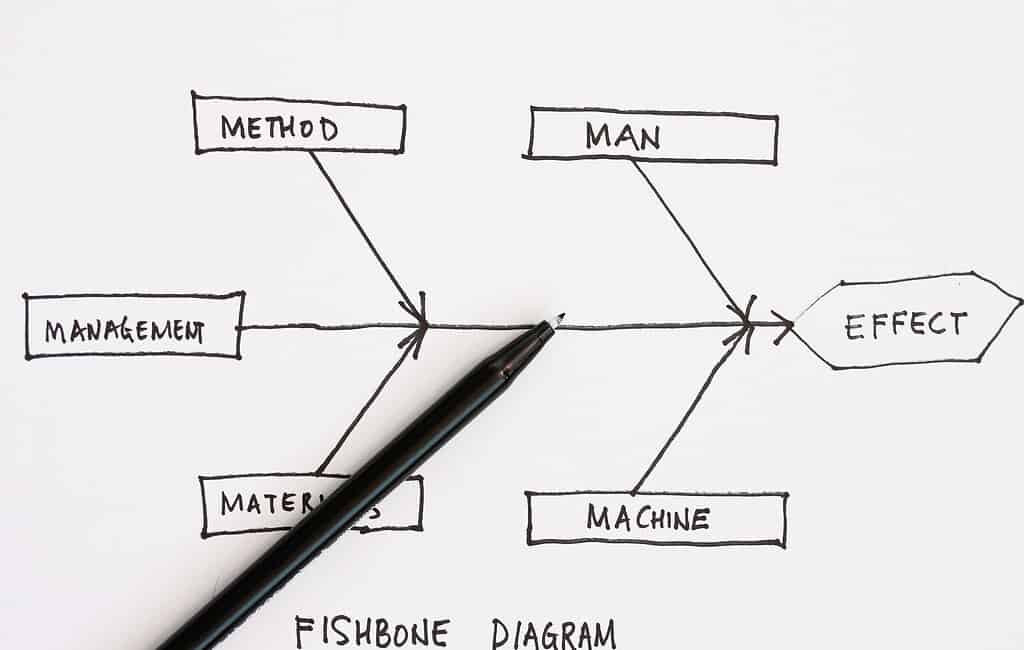Category: Templates

Importance of Test Plans/Test Protocol: Go Into Testing Prepared
Published:Test plans, also called test protocols, are formal documents that typically outline requirements, activities, resources, documentation, and schedules to be completed. Some form of test plan should be developed before any test. The key reasons for developing test plans are: The Importance of a Plan Before embarking on any testing, experimentation, and so […]
Read more »
The Harada Method: Templates to Measure Long-term Goal Achievement – Part 2 of 2
Published:The Harada method helps individuals achieve self-reliance which in turn facilitates a company’s process improvement journey. Part One provides an overview of the method and its genesis. Subsequently, part Two presents five templates to use to plan a goal, measure the goal’s progress, and assess success. An example helps illustrate their practical use. […]
Read more »
The Cause and Effect (a.k.a. Fishbone) Diagram
Updated:When utilizing a team approach to problem solving, there are often many opinions as to the problem’s root cause. One way to capture these different ideas and stimulate the team’s brainstorming on root causes is the cause and effect diagram, commonly called a fishbone. The fishbone will help to visually display the many potential causes […]
Read more »
Six Sigma Project Charter (With Template)
Published:A project charter is the first step in the Six Sigma methodology. It takes place in the Define step of DMAIC (Define, Measure, Analyze, Improve, Control), and the charter can make or break a successful project. It can make it by specifying necessary resources and boundaries that will in turn ensure success; it can break […]
Read more »
Final Solution Via Root Cause Analysis (with a Template)
Published:“Every defect is a treasure, if the company can uncover its cause and work to prevent it across the corporation.” – Kilchiro Toyoda, founder of Toyota When people discover problems, the most frequent response is to rush to find a solution. Finding an immediate fix for the problem is very satisfying no matter how many […]
Read more »